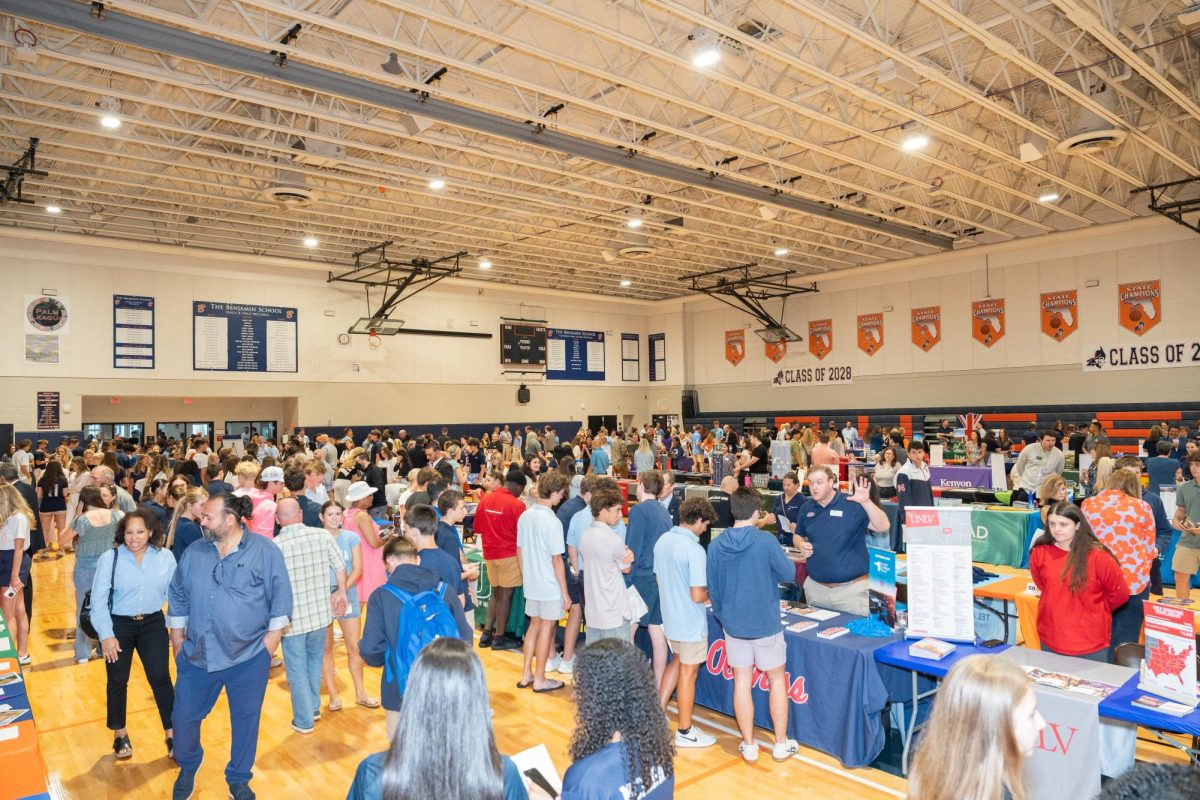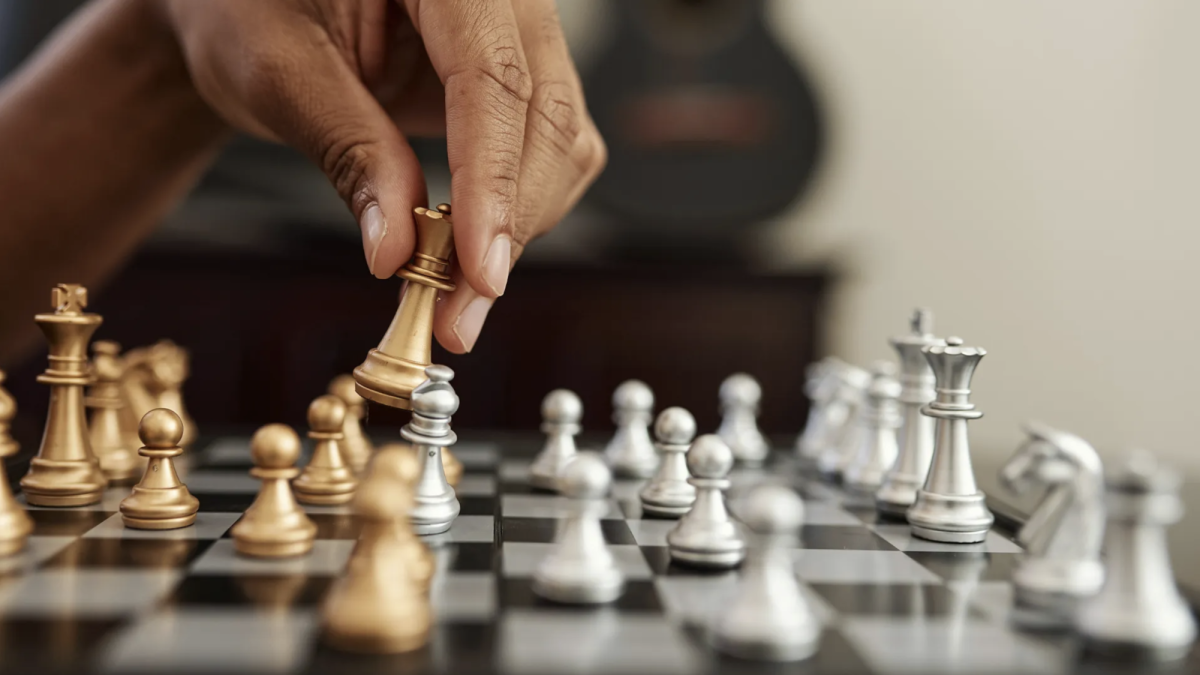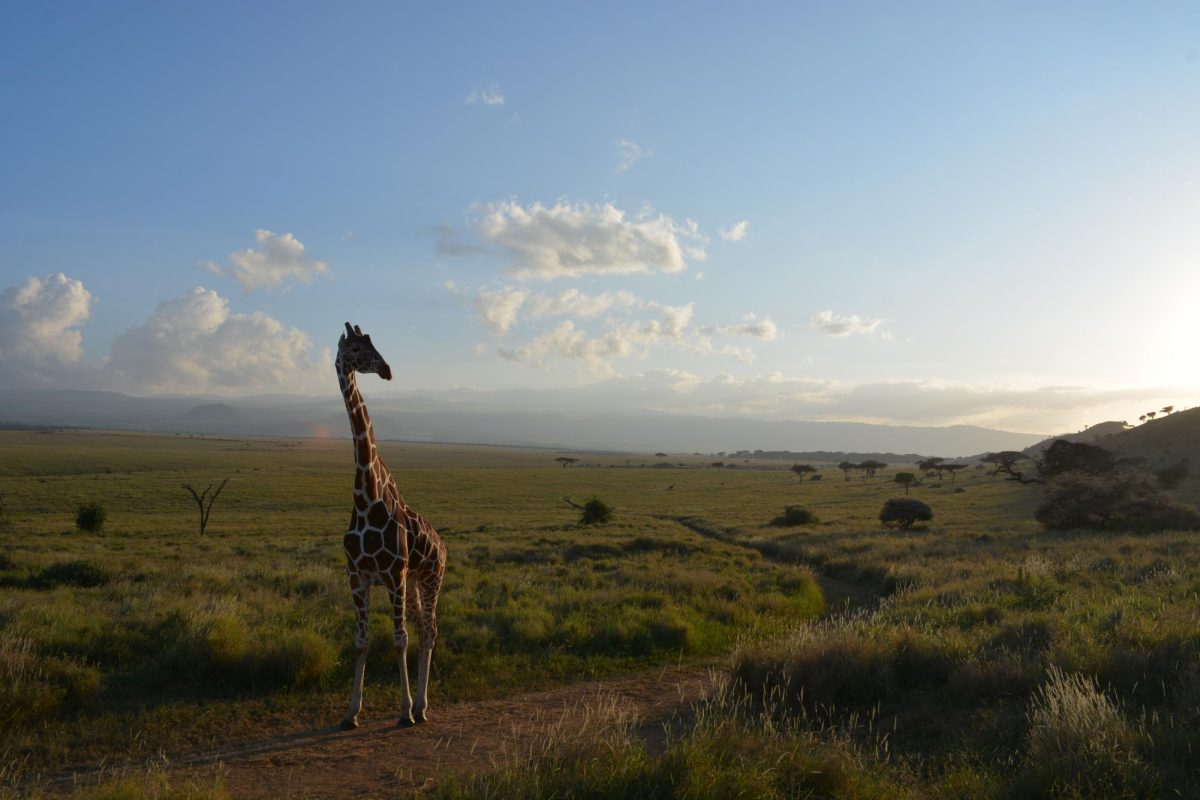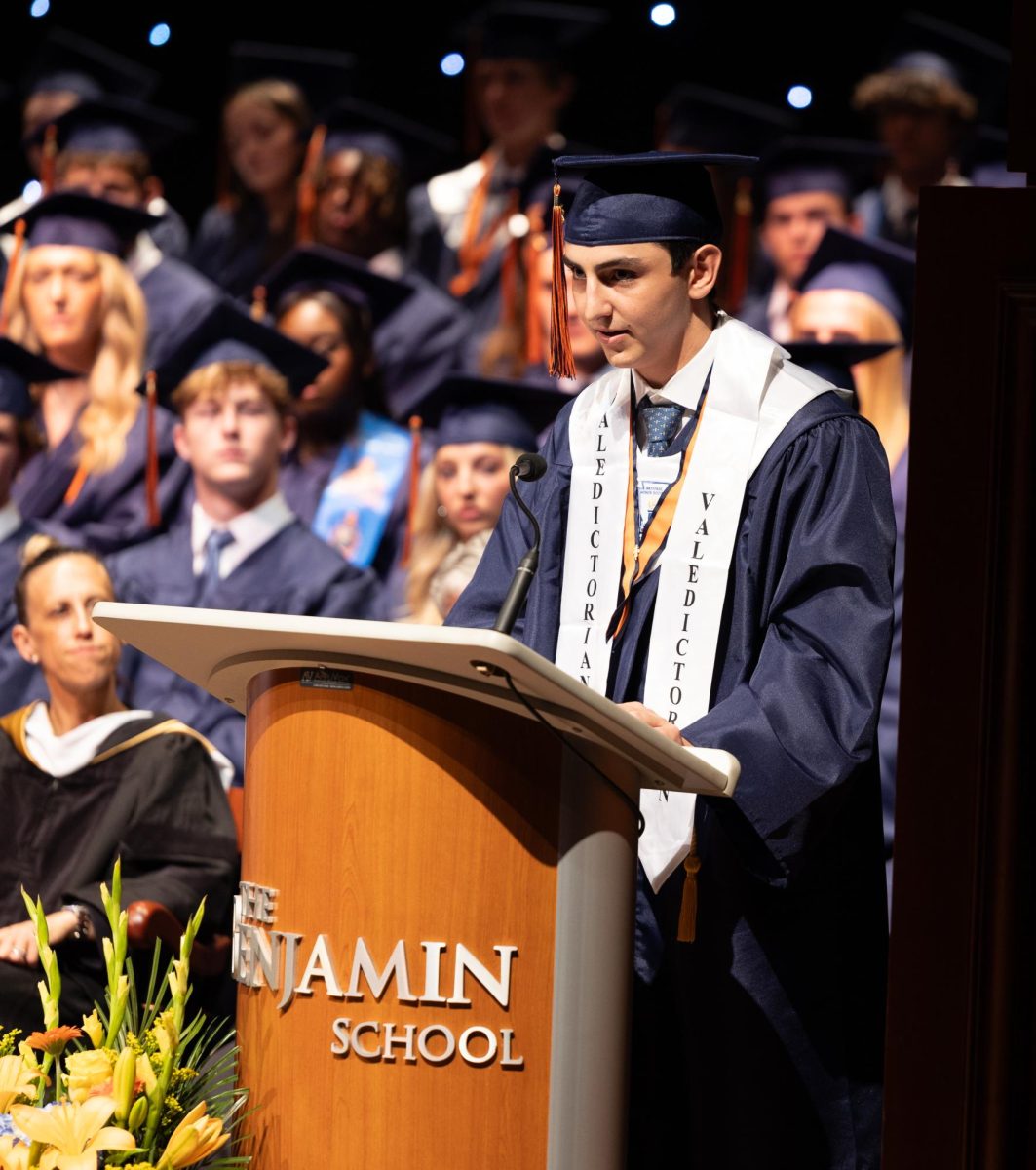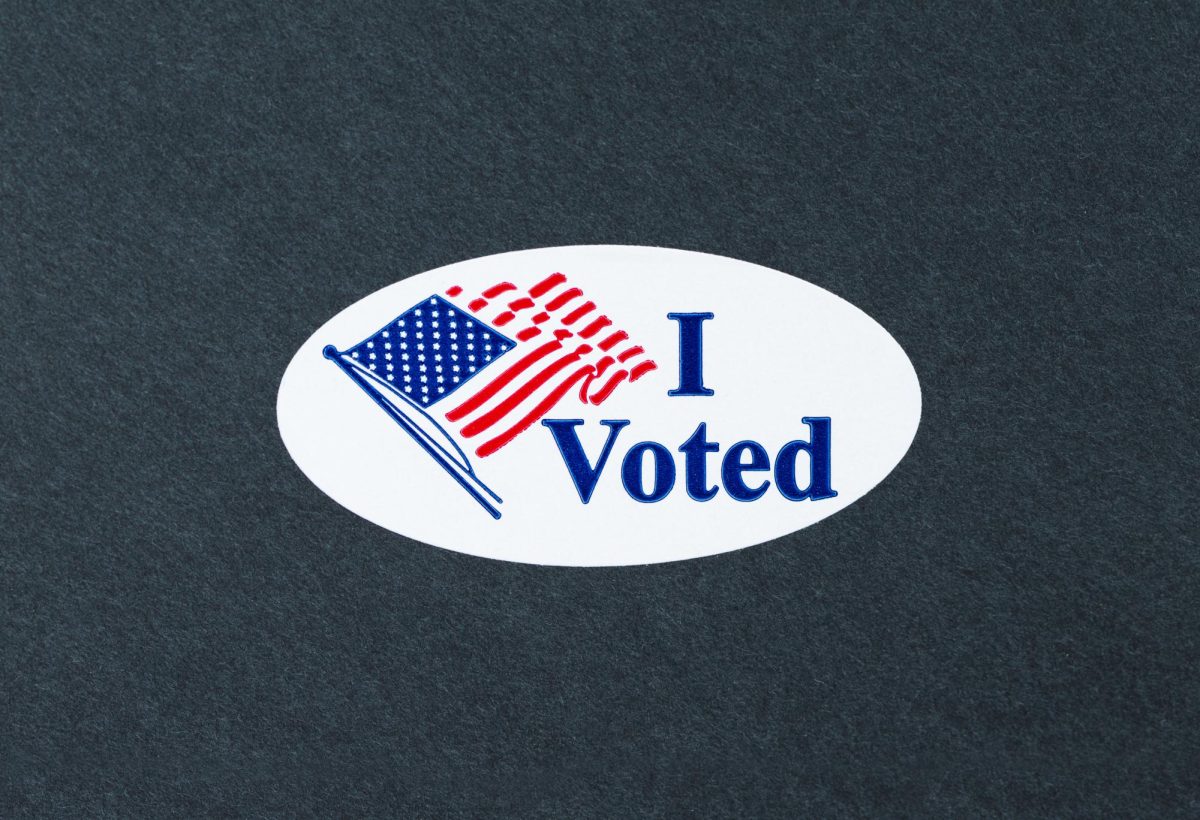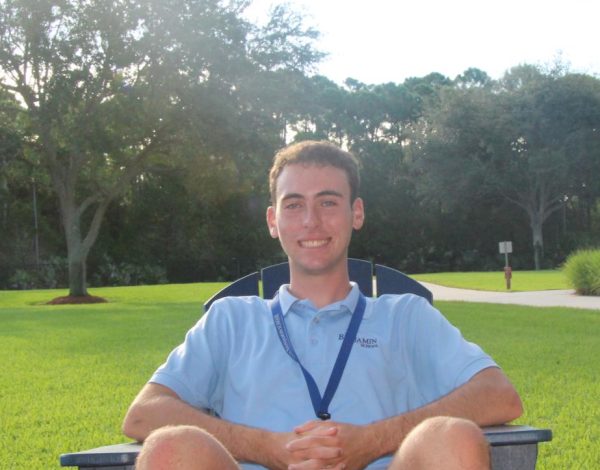On June 30, 2021, the Division 1 Board of Directors approved an interim name, image, and likeliness (NIL) policy. This new policy allowed all NCAA D1, D2, and D3 student-athletes to be compensated for their NIL.
Now more than ever, the possibility of NIL opportunities expanding to the high school level has become a topic of discussion.
I believe that Florida should not expand NIL at the high school level because it will hurt the schools involved more than it will help the players.
Benjamin Upper School Athletic Director Mr. Ryan Smith is torn between the two sides but is hesitant to support it after seeing what happened when NIL was added to college athletics.
“I’m a traditionalist. To me, high school athletics is about participating, learning life skills, and being an amateur, and I’ve seen what it’s done to college sports. There was a lack of control put in at the beginning, so now things have spiraled out of control,” said Mr. Smith.
The FHSAA (Florida High School Athletic Association) already has rules in place that restrict high school athletes from being compensated.
“The reality is that there are schools in this state that are not part of the FHSAA that have players that could theoretically be compensated and not play high school sports. A vast majority are members of the FHSAA, which has strict policies about getting any sort of monetary compensation for high school athletics,” said Mr. Smith.
Mr. Smith believes that NIL will eventually expand to high school athletics, though.
“If it hits the court system, which eventually it’s going to, I don’t see how something like this isn’t going to get through as it did at the college level,” said Mr. Smith.
Mr. Smith shares the approach he will take if NIL opportunities are expanded to high school student-athletes in the future.
“The first thing I will figure out is what are the rules at this level? Obviously, we have to abide by them. Then, we as a school have to decide what our policies are going to be,” explained Mr. Smith.
When NIL was introduced to college athletics, the prominent issue was the formation of collectives. According to on3.com, collectives, which are independent of a university, can serve a variety of purposes. They mostly pool funds from boosters and businesses, help facilitate NIL deals for athletes, and also create their own ways for athletes to monetize their brands.
This is becoming a bigger issue in college by the day, and will surely expand with NIL to high school. The original intent of NIL was to have a brand like Coca-Cola compensating the players, but now it’s worked into these collectives.
“I think the big thing at the high school level will be making sure that schools can’t start a collective as opposed to ‘I’m going to represent Nike or Adidas.’ Otherwise, the schools that are more financially able to compensate athletes will be the only ones involved in NIL,” commented Mr. Smith on the issue.
Some may argue that NIL in high school is needed because of the abundance of student-athletes who need compensation to help pay for tuition and other expenses. However, the hostile situation that these schools are put into is a more important matter than the individual athletes in this scenario. If the schools are put into this “stranglehold,” then the athletes will not be able to benefit nearly as much, if at all.
Schools should stay wary about the possible development of NIL expanding to the high school level in the state of Florida.


